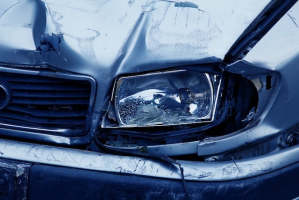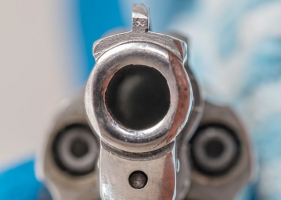Top 10 Things Westerns Get Wrong
The Western has been one of Hollywood's most enduring subgenres ever since The Great Train Robbery debuted in 1903 as a motion picture. These so-called ... read more..."oaters" (cheap movies as prevalent as oats for horses) would quickly take over as the mainstay for moviegoers over the course of the following 50 years. The central theme of Westerns typically depicts frontier life in the second half of the 19th century and includes the cowboy, a national symbol of the United States. However, the story is based on a number of romanticized stories that combine historical reality and Western fiction.
-
Joseph Campbell demonstrates how the classic hero's journey may be seen in many different cultures around the world in his magnum opus, The Hero with a Thousand Faces. The American version is portrayed as a WASP-like, decent, hard-working man who prevails alone, a staple of innumerable Westerns. Readers, the reality paints a far different picture.
Even under ideal conditions, the success of well-supported expeditions and cattle drives proved to be very challenging. On the other hand, a lone traveler would have had little food and drink, making lengthy journeys nearly impossible. In addition, losing a horse (or any other beast of burden) due to fatigue or an accident would have meant nearly certain death.
It's also important to note how the idea of taming the American West came to represent the nation's mentality. This legendary story even controlled foreign policy as a continuation of "Manifest Destiny," or the God-given right to rule the world through morally acceptable warfare. The idea was most recently embraced by a twice-impeached president who embraced the motto "I alone can fix it" while frantically spouting lies and bravado.
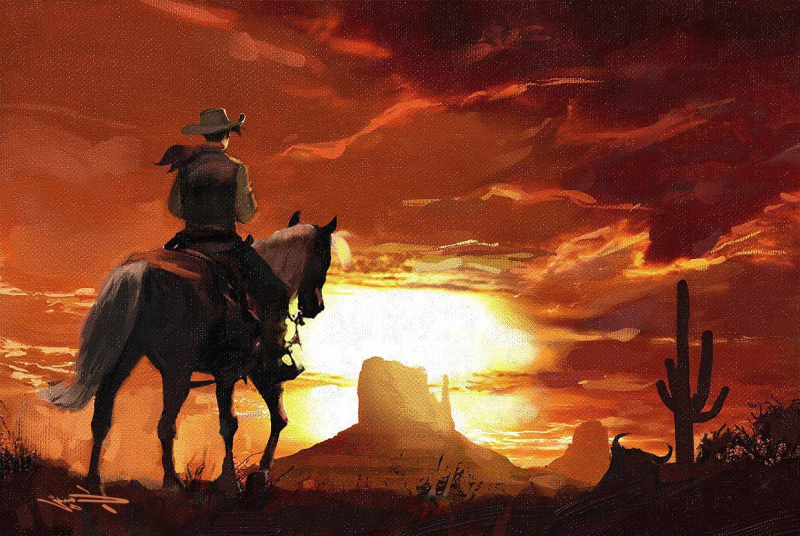
https://www.artstation.com/ 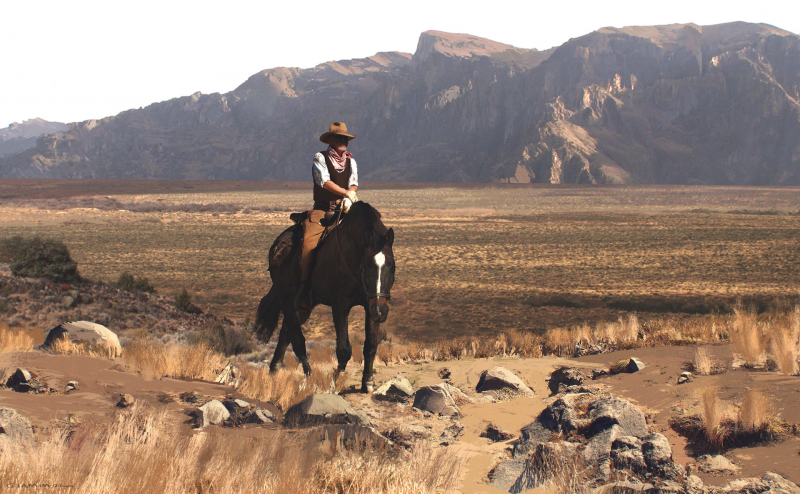
https://www.artstation.com/ -
Building a nation is difficult work. For the United States, a consistent influx of immigrants and freed slaves supplied a large portion of the necessary manpower to forge a developing nation. This arduous work entailed driving cattle by men of various races, the majority of whom did not resemble John Wayne.
According to historians, up to one in four cowboys were black Americans. Additionally, a lot of the garb worn in western movies is based on customs acquired from Mexican vaqueros, like the lasso, bandana, rodeo, bronco, and chaps (short for Chaparro).
According to William Loren Katz, the author of The Black West, "Right after the Civil War, becoming a cowboy was one of the few careers available to men of color who wished to not serve as elevator operators, delivery boys, or other comparable occupations."
African-American talent was widely displayed in Wild West exhibitions around the turn of the 20th century. For instance, Bill Pickett, a famous early rodeo star and the son of former slaves, is credited with developing the method known as "bulldogging" in which a steer is wrestled to the ground.
https://www.cbsnews.com 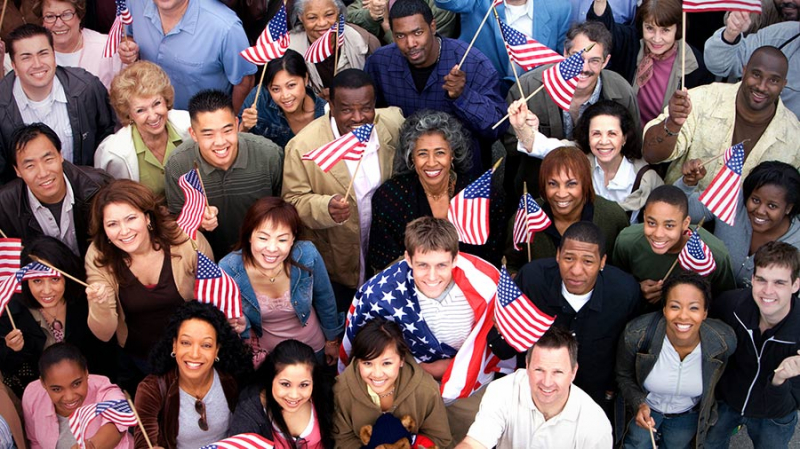
https://stream.org -
Despite the typical bloodshed and death toll seen in most Westerns, there are relatively few casualties. The important cow towns of Dodge City, Ellsworth, Abilene, and Wichita saw a total of 45 gun deaths between 1870 and 1885. Comparatively, 136,000 Americans are shot every year, and someone is killed by a gun in California now every three hours.
Another common myth about the Wild West is the regularity of armed bank robberies. The West "was a considerably more civilized, more peaceful and safer environment than American society today," according to historian W. Eugene Hollon. The Second Amendment's future is still up in the air, but gun violence is still deeply embedded in American society because to films like Butch Cassidy and the Sundance Kid, The Magnificent Seven, and Rio Bravo, which are unquestionably enjoyable.
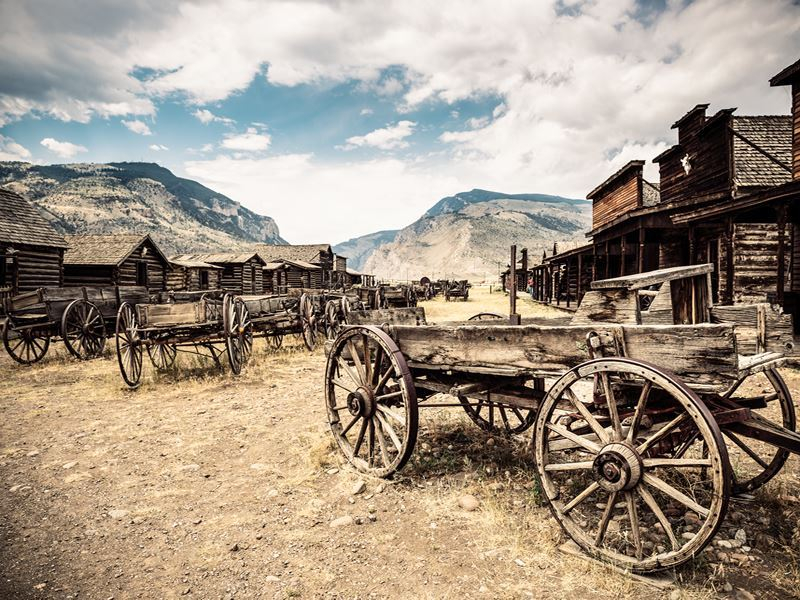
https://wallpapercave.com/ 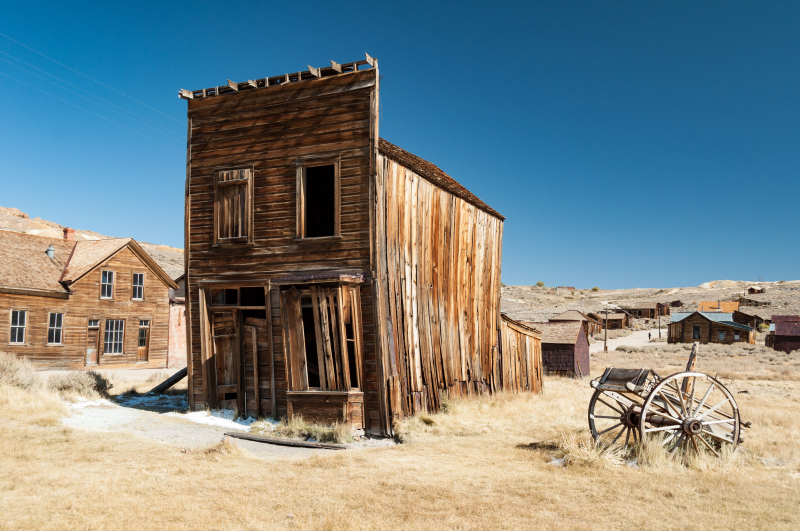
http://www.radiotimes.com/ -
The thunder of hoofbeats and a booming horn have become recognizable to moviegoers as the unmistakable sound of the cavalry riding in to save the day. Hollywood has deliberately misrepresented the facts regarding George Armstrong Custer, despite the fact that this action is a tried-and-true crowd-pleaser.
Custer, who attained the rank of brevet-general during the Civil War, tried to improve his reputation by recasting himself as a valiant Indian warrior. He excitedly accepted the position, dressing in a self-made uniform that included a buckskin jacket, a red sash, and a scarf in the same color. Coco Channel would have surely counseled him to dial it back if she had been living at the time.
Custer conducted a number of raids on Native American settlements in the Montana Territory in 1876, killing women and children in the process. The egotistical officer then made the poor choice to engage Sitting Bull and Crazy Horse's alliance of Lakota, Northern Cheyenne, and Arapahoe warriors. Big error.
The US 7th Cavalry Regiment would be completely destroyed by Custer's careless actions at the Battle of Little Big Horn. In the end, he was responsible for one of the most resounding defeats in US military history, killing not only himself but also two of his younger brothers, a nephew, and a brother-in-law.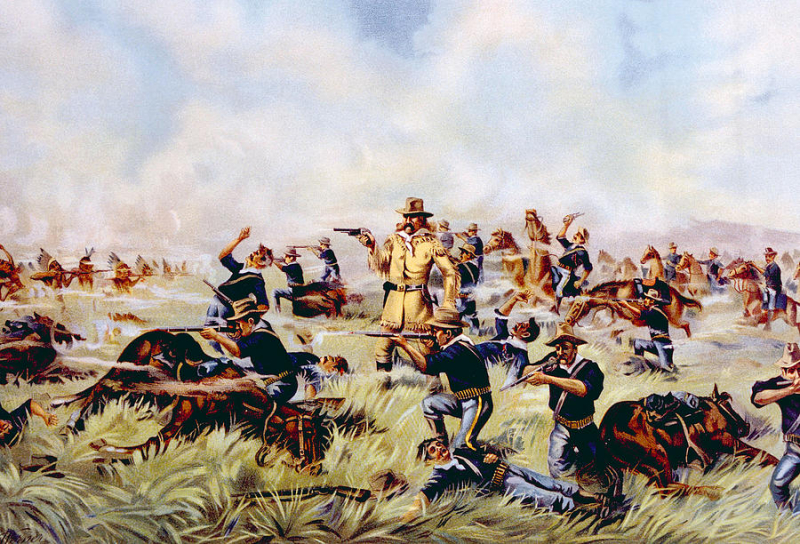
https://fineartamerica.com 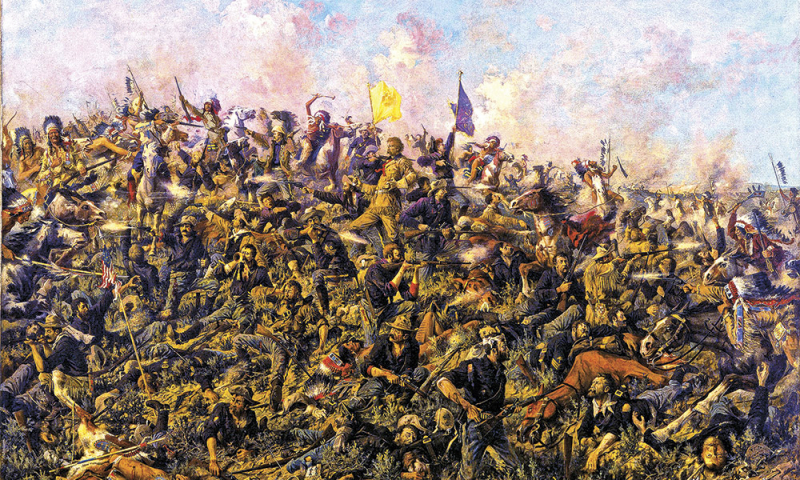
https://truewestmagazine.com/ -
Horsemanship developed out of need as the ability to ride with the most caution and least amount of disturbance to the horse. Prior to the 20th century, only the cavalry, cowboys, and other people whose jobs required them to ride horses, as well as the rich who rode for recreation, were allowed to ride.
Even while horses are no longer used in battle and hunting and polo are typically the preserve of the wealthy, high-caliber horse exhibitions, in which show jumping is unquestionably the most well-liked competition, are now given great respect. Although riding and horsemanship have continued to be prized social skills and status symbols, a much wider range of people now have access to these activities thanks to the creation of numerous new riding clubs and stables.
Equestrian abilities, like any sport, take years of effort to master, especially while trying to stay in the saddle on a horse riding at breakneck speed. Moreover, it would have been a difficult task for any rider to accurately shoot a moving target while mounted.
Despite the fact that most actors inflate their résumé, lying about riding a horse is never a good idea. Ask Johnny Depp, please. Depp, who was 50 at the time, nearly died after falling from his horse while The Lone Ranger was being filmed in 2013, a disaster that emphasizes the need for skilled "wranglers" to act as stunt doubles.
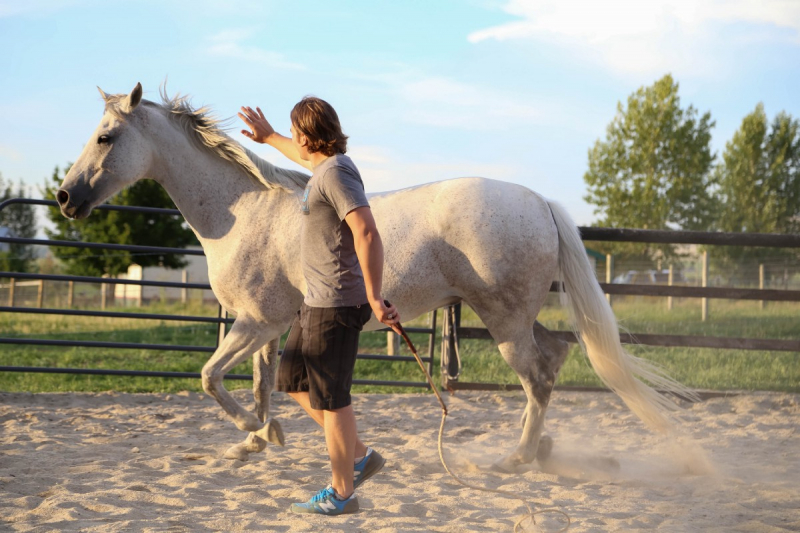
https://medium.com 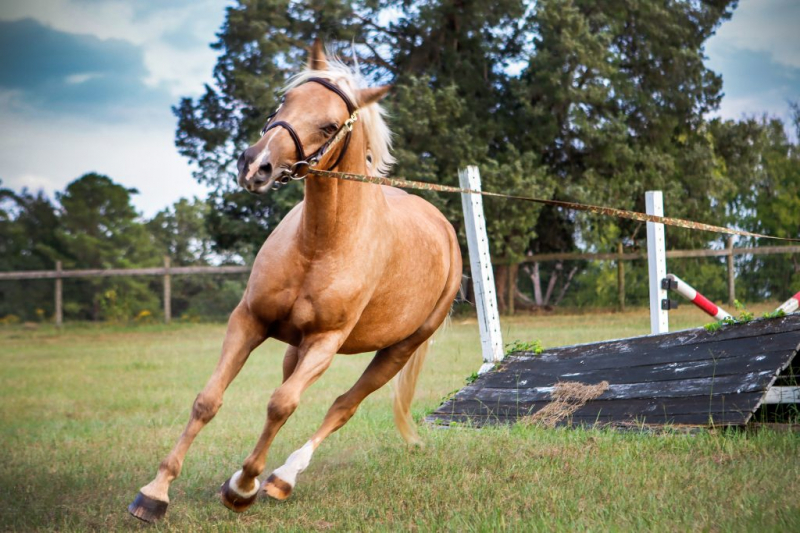
https://columbiametro.com -
About 50 different films about the infamous criminal Billy the Kid have been produced to date. Although the themes of these movies range from emotional to sexually predatory, historical inaccuracies tend to run through most of them. No other human or animal has benefited from exaggerated fantastic stories as much as "The Kid," with the possible exception of "Bigfoot."
The future outlaw, Billy the Kid, was born Henry McCarty to Irish immigrants in New York City in 1859. He eventually went by the alias William Bonney, hence the nickname. He finally found himself in the New Mexico Territory, where he engaged in a number of minor offenses before joining a gang of cattle rustlers. Later, he participated as a "regulator" (hired gun) in the Lincoln County War of 1878, firing lead in a conflict between two opposing economic factions with strong Irish connections.
Despite popular myth, McCarty never committed a rail or bank robbery. The most widespread misconception regarding McCarty, though, is that he was a frequent gunfighter. He is known to have killed four individuals (two of whom were killed in self-defense), but information on other purported killings has been at best hazy and involved large-scale gun battles.
The Lincoln County Courthouse in southern New Mexico, where the 21-year-old escaped from jail in a bloody shootout in 1881, is still a good place to go for those who want to follow in his footsteps (the bullet holes are in the wall). Three months later, sheriff Pat Garrett shot him to death.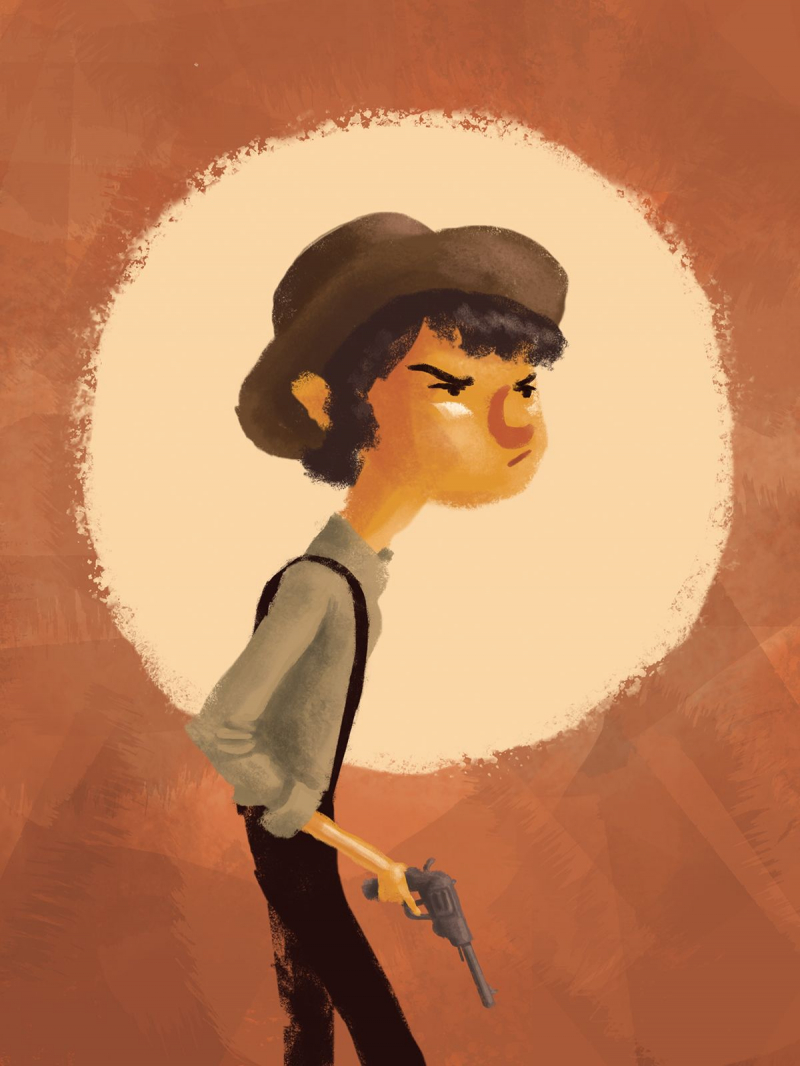
https://br.pinterest.com/ 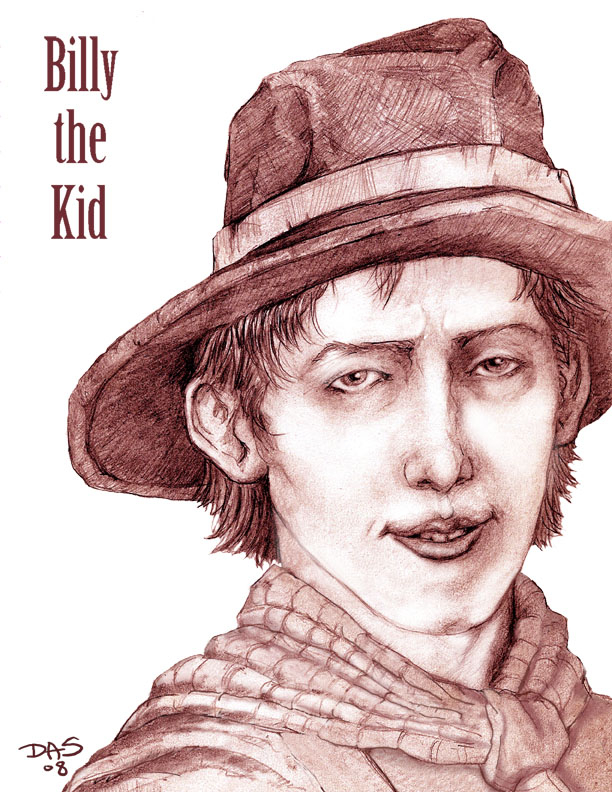
http://dstrombeck.deviantart.com -
People who followed the cry to "Go West" frequently went weeks or months without taking a bath. As a result, they were covered in filth and reeked of bad body odor after hiking across the rough topography of North America.
Fair enough, the major Hollywood studios have always recognized the importance of star power and sex appeal. However, someone who is clean-shaven and looks more like Gary Cooper or Roy Rogers will likewise sell more tickets at the box office than someone who is flea-covered and resembles the "Unabomber."
Ironically, despite having significantly higher standards of personal hygiene, American's first people are frequently depicted as dirty "savages." As a result of their long-standing local knowledge, they were also able to frequently cleanse themselves in lakes, rivers, and streams.

https://www.flagshipinc.com/ 
https://tayzac.com -
The cowboy hat is unquestionably the most iconic icon of the Western subgenre, having been the go-to hat of former presidents, country music crooners, and one Village People member. Even space billionaire Jeff Bezos, who recently splashed down on Earth, awkwardly wore the common cap. In actuality, cowpunchers wore a variety of headgear, such as bowler hats, derby hats, and military kepis.
The first wide-brimmed hat marketed to outdoor enthusiasts was the "Boss of the Plains," which John B. Stetson unveiled in 1865. The pricey item, which was created by Stetson from animal fur, had a rounded crown and a smooth, exquisite style. The more popular variant of the "Stetson" evolved through time to better meet the demands of cowboys, including curved sides to avoid getting caught in a rope.

https://scalliwags.co.za/ 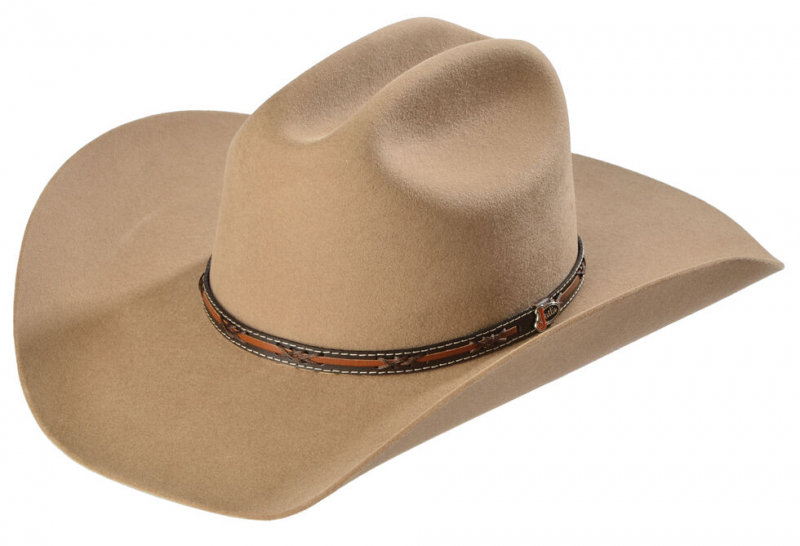
https://www.countryoutfitter.com -
Old West settlers had to deal with a variety of challenges. Native American attacks, however, were insignificant in comparison to other difficulties like malnutrition, illness, and thirst.
According to records, 362 immigrants died in conflicts with Native Americans between the years 1840 and 1860. Over the same 20-year period, approximately 30,000 men and women died from all causes; therefore, the proportion of deaths attributable to Indian attacks was less than 1%.
Furthermore, records from the National Oregon/California Trail Center imply that tribes welcomed outsiders as a chance for trade. Native American buffalo robes and moccasins were frequently exchanged for knives and clothing, and freshwater was a prized resource.
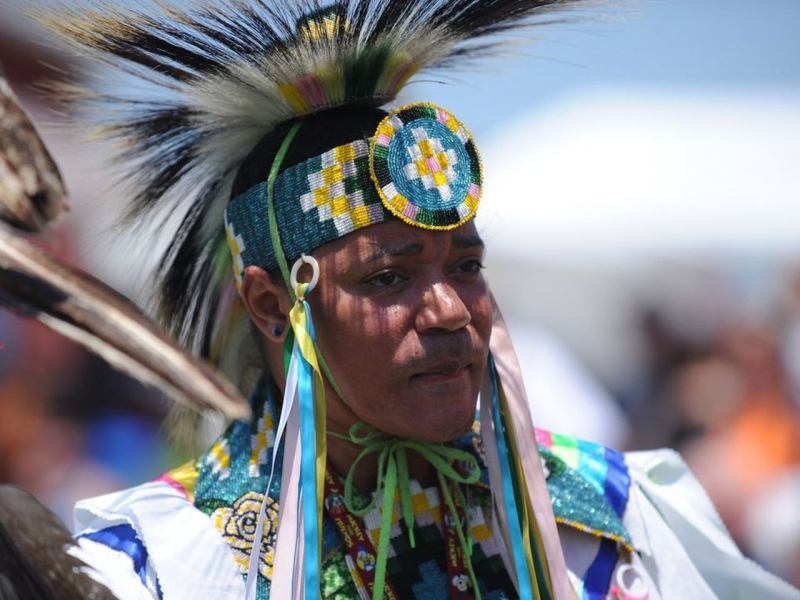
https://www.nj.com/ 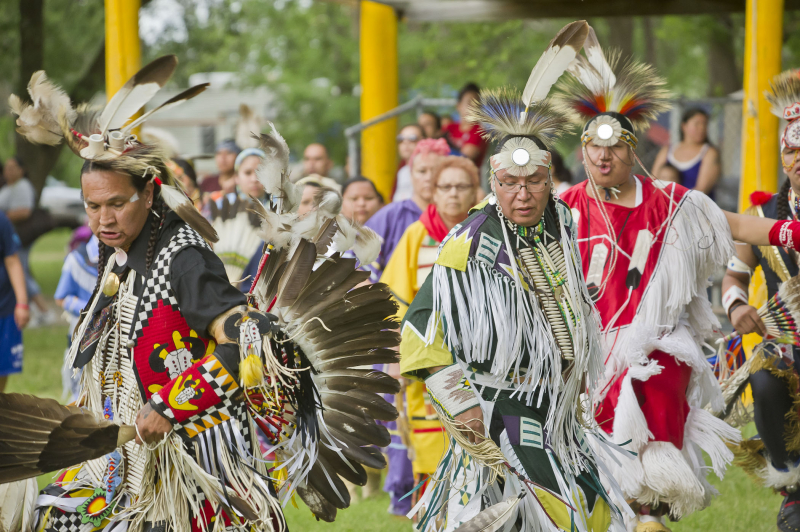
https://visitnebraska.com -
Two gunmen with ice-cold eyes, a heated Sunday afternoon duel. Although this terrifying scenario makes for gripping, edge-of-your-seat drama, this type of battle was uncommon because the majority of cowboys were not proficient shooters. Top hired laborers were more likely to make a fistful of silver dollars with their mastery of the lariat than a six-shooter on a cattle drive. In addition, having a gun entailed serious implications.
In the 1870s, a big sign that proclaimed "The carrying of Firearms Strictly Prohibited" welcomed visitors to Dodge City, Kansas. In Wichita, similar signs that read "Leave Your Revolvers At Police Headquarters, and Get a Check" were also visible. "Places like Tombstone, Deadwood, and Dodge had the most stringent gun control laws in the country," writes historian Adam Winkler.
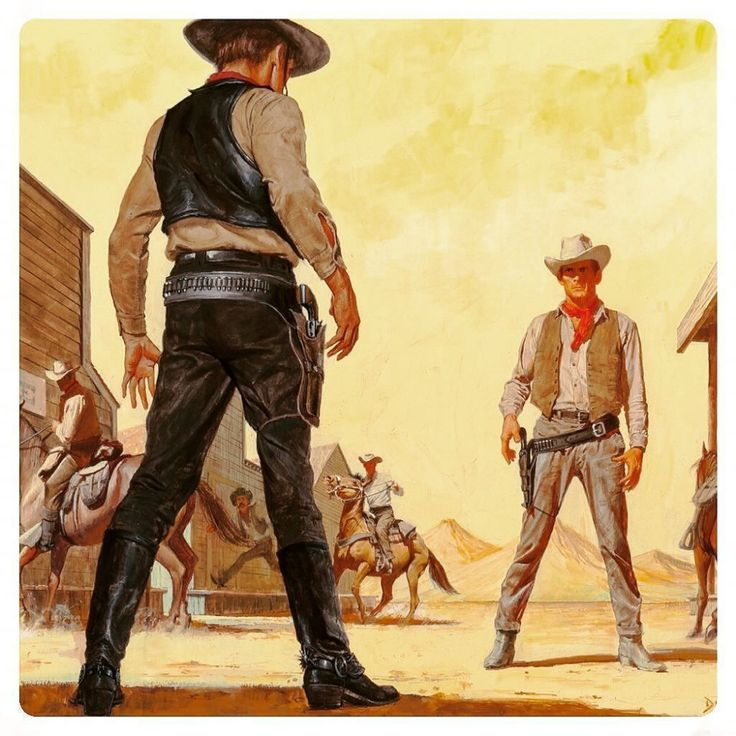
https://www.pinterest.com/ 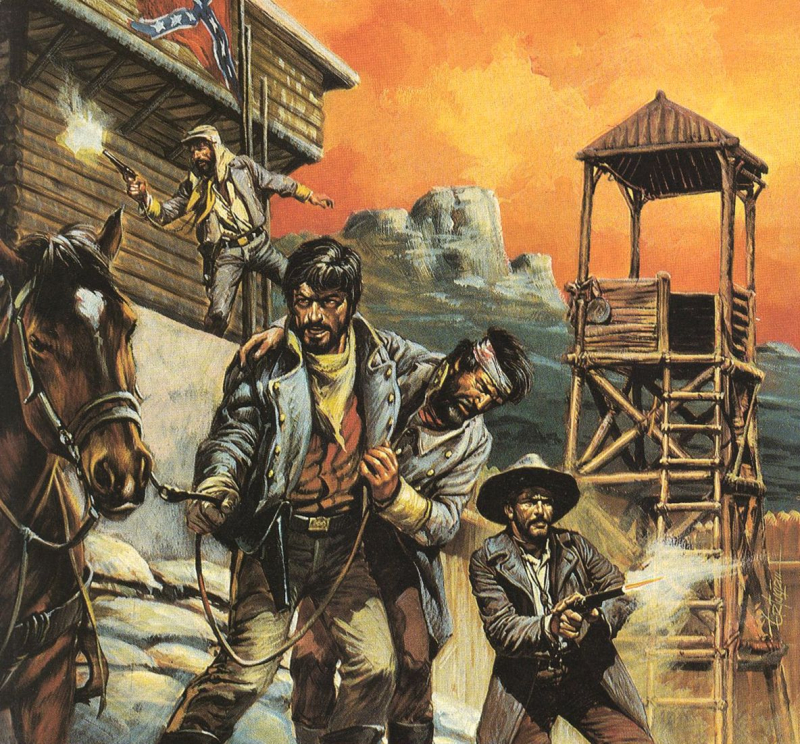
https://www.pinterest.com.au/












